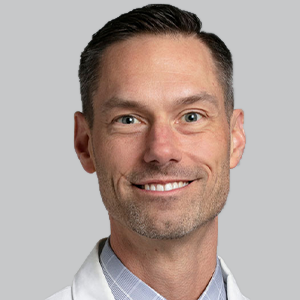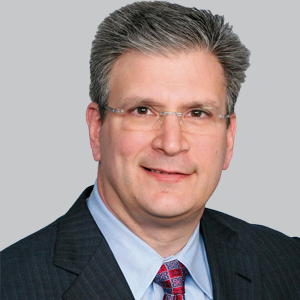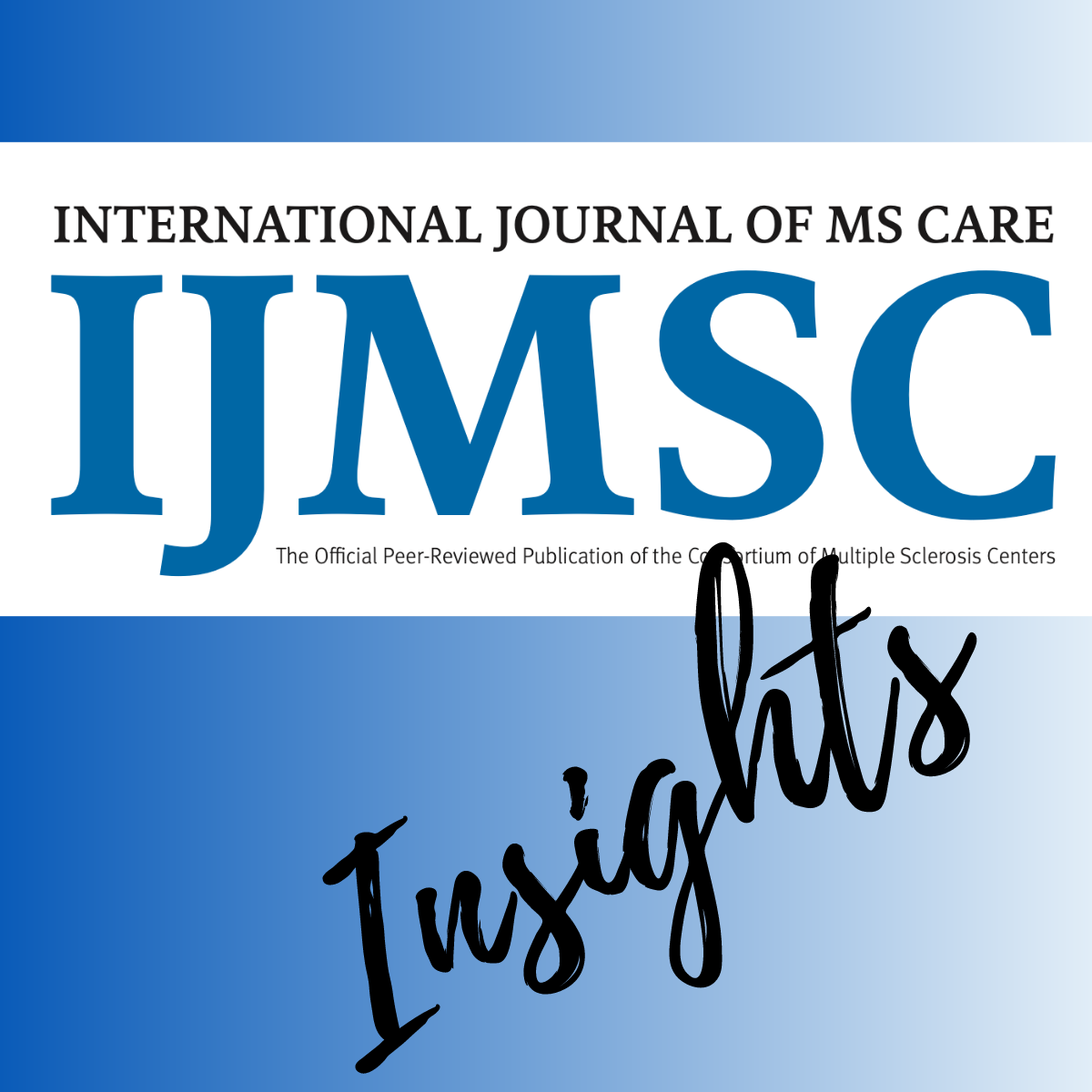News
Article
ALS, Genetics, and New Horizons: What to Expect at the 2025 MDA Conference
Author(s):
Key Takeaways
- The conference will address gene and RNA therapies, digital health, and diversity in neuromuscular disease research.
- Dr. Harms will lead a session on ALS and FTD, focusing on genetics for therapeutic development.
Matthew B. Harms, MD, an associate professor of neurology at Columbia University Irving Medical Center, an MDA Care Center, gave clinical insights on the advances in ALS genetic research and what clinicians can expect from the ALS/FTD track at the 2025 MDA Clinical & Scientific Conference.
Matthew B. Harms, MD

The Muscular Dystrophy Association (MDA) Clinical & Scientific Conference is an annual event that brings together leading researchers, clinicians, healthcare providers, and other stakeholders in neuromuscular diseases to share the latest advancements in research, treatments, and care. This year’s event, taking place March 16-19 in San Diego, will feature several new focus areas, including gene and RNA therapies, digital health and artificial intelligence, and diversity in research.
One such session, chaired by Matthew B. Harms, MD, will cover amyotrophic lateral sclerosis (ALS) and frontotemporal dementia (FTD), two neurodegenerative diseases with overlapping genetic and clinical qualities. The research for these disorders has expanded significantly in recent years, uncovering more about the pathological overlap, shared mechanisms, and overlap in disease spectrum. Notably, the most common genetic mutation linked to both ALS and FTD is the hexanucleotide repeat expansion in the C9orf72 gene, which is the leading cause of familial ALS and FTD.
Harms, an associate professor of neurology at Columbia University Irving Medical Center, an MDA Care Center, sat down with NeurologyLive® to discuss the track at the upcoming meeting, including the session he will lead on “Leveraging Genetics for ALS Therapeutics.” An expert in neuromuscular medicine, Harms emphasized the critical role of genetics in advancing ALS therapeutics, discussing recent challenges such as clinical trial failures and the need to refocus efforts on genetic insights to identify therapeutic targets. He also outlined key session topics, including big data initiatives to aggregate global ALS genomes, research on sphingolipid metabolism, and drug repurposing using gene expression abnormalities. Furthermore, Harms highlighted the progress in genetic modification therapies, such as CRISPR and antisense oligonucleotides, which are rapidly moving from research into clinical application.
NeurologyLive: What can clinicians expect from the track you’re chairing?
Matthew B. Harms, MD: I appreciate the opportunity to talk about the ALS-Frontotemporal Dementia track at the Muscular Dystrophy Association Annual Conference. This is going to be an exciting track, covering all sorts of topics, including ALS therapeutics and genetics, brain-computer interfaces, AI—really all the exciting advancements happening in the field.
The track I’m chairing focuses on leveraging genetics for ALS therapeutic development. This year has been frustrating because we’ve had some notable clinical trial failures with drugs developed to broadly treat ALS pathways that we think are disrupted. Those efforts haven’t really come to fruition. So, we think it’s time to reevaluate and go back to the basics—where does the genetics point us? What’s it highlighting as potential therapeutic targets across all of ALS? I think we’re learning that by studying the rare, we can uncover valuable lessons for the rest. Specifically, insights from genetic ALS can be parlayed into better understanding sporadic ALS as well.
Our session is on March 18th, and we’d love to see everyone there in person—for networking and the opportunity to ask and delve into these important questions. The session will cover several emerging themes. For example, big data science will be highlighted by John Landers, PhD, who’ll talk about the efforts of an organization called ALS Compute. They’re aggregating all ALS genomes worldwide to identify genetic variants contributing to ALS risk. This work aims to pinpoint new therapeutic targets.
We’ll also hear from Devesh Pant, PhD, who will present his lab’s efforts to characterize sphingolipid metabolism issues in ALS. There are two genetic abnormalities—SPTLC1 and SPTLC2—that disrupt sphingolipid metabolism and lead to pediatric ALS. Interestingly, it’s becoming clear that sphingolipids are dysregulated in all forms of ALS. Their lab’s work on this rare genetic form could help identify therapeutic targets for ALS as a whole.
Another topic we’ll explore is drug repurposing, using genetics and gene-informed techniques to identify existing drugs that can be "taught new tricks." Sara Saez Atienzar, MSc, PhD, will present her work using gene expression abnormalities in genetic ALS forms to find drugs that can reverse those abnormalities. Even if we can’t fix the primary genetic cause, we might be able to address downstream effects. This approach has already led to one drug moving into clinical trials, and we’ll get an update on that.
Finally, I’ll talk about the complicated task of determining which genetic associations from past research hold up under modern scrutiny. We’ll discuss the work of ClinGen in identifying which genes are definitively causal for ALS and which mutations within those genes actually increase risk. We hope people will join us to learn more about these exciting advancements.
How much recent progress have we made in understanding the link between genetics and ALS risk?
The ALS genetic field is progressing quickly, identifying two to three new causative ALS genes each year. The number of genomes being sequenced continues to skyrocket, especially from non-white populations, which were historically underrepresented. We’re recognizing that genetic insights from underrepresented populations are incredibly valuable and deserve greater focus.
With this influx of diverse genomes, we estimate that in the next three years, we’ll identify most of the genetic variants that increase ALS risk by two- to threefold, even down to the risk factor range. Buried within this data are shared mechanisms and disrupted pathways across multiple genetic forms, which will guide gene therapy development.
Another major advancement is the rapid development of genetic modification therapies, such as base editors and CRISPR-Cas9. In ALS, we already have an FDA-approved antisense oligonucleotide for SOD1, with several others in clinical trials targeting other genetic forms. As we learn more about the safety profiles of these therapies, it’s becoming faster, cheaper, and easier to bring them into clinical practice.
What are some roadblocks in translating research to the clinic?
One major barrier is the availability of funding for basic science, preclinical research, and clinical trials. The NIH’s changes to indirect rates have created additional challenges. However, organizations like the Muscular Dystrophy Association have been critical, providing $178 million for ALS research over the years, though much more is needed.
Despite funding challenges, the pace of translation is accelerating for genetically identified targets. For example, SPTLC1 and SPTLC2 were identified as ALS genes only five years ago. Now, therapies targeting SPTLC1 expression are in clinical trials. The FUSION study on antisense oligos has moved from expanded access to clinical trials in just a few years. These examples highlight the faster timelines we’re seeing, though there’s still room for improvement.
For clinicians, how would you rate their comfort in discussing genetics with patients and families?
I’m happy to report significant progress in this area. Most ALS clinics now offer comprehensive genetic testing to patients, aiming to identify mutations like SOD1, which may qualify for tofersen treatment, or other gene variants that could make patients eligible for clinical trials. Almost every ALS patient in U.S. clinics is at least having a conversation with their clinician about genetic testing, tailored to their personal circumstances.
Resources like clinical genetic testing guidelines and online educational tools for patients have greatly helped. These tools explain the basics of genetics, how testing works, and reduce the burden on genetic counselors and clinicians. Compared to five years ago, clinicians have many more options for discussing genetics, and patients are more engaged and informed.
Transcript was edited for clarity.




